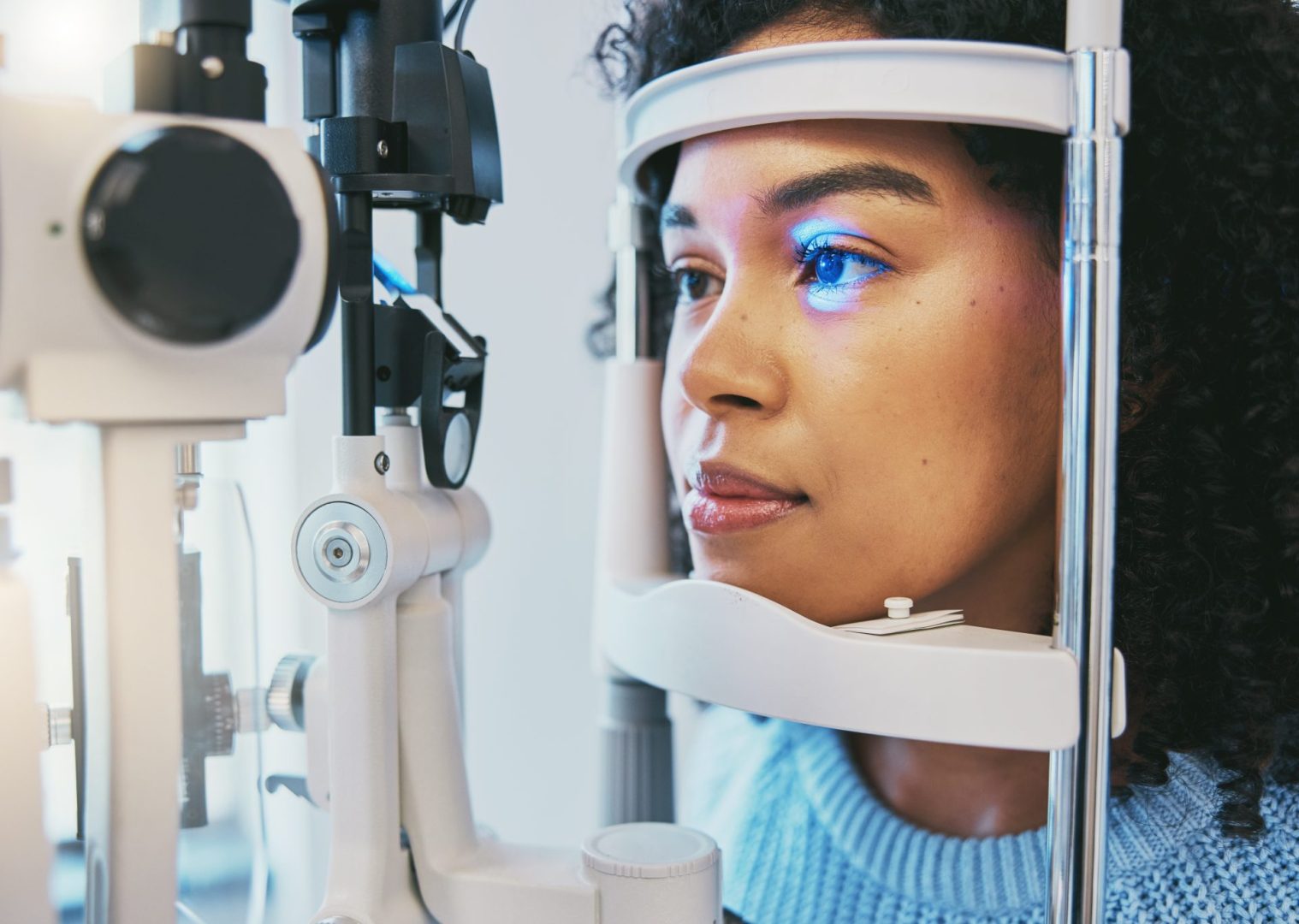In recent developments, health officials in Europe have launched an investigation into the popular weight loss drug Ozempic, amid alarming reports of a possible connection to a serious eye condition that can lead to blindness. This investigation comes on the heels of several studies indicating that the drug may significantly increase the risk of non-arteritic anterior ischemic optic neuropathy (NAION), a condition that disrupts blood flow to the optic nerve.
Understanding NAION and its risks
NAION is a condition characterized by a sudden loss of vision due to interrupted blood supply to the optic nerve. It can occur naturally due to factors such as aging, high blood pressure or smoking. According to UC Davis Health, approximately 6,000 Americans are diagnosed with NAION each year. The recent studies suggest that the use of Ozempic, which is primarily prescribed for diabetes management and weight loss, may double the risk of developing this condition.
Studies linking Ozempic to vision loss
In 2023, Harvard researchers began investigating the potential link between Ozempic and NAION after three patients developed the condition within a week of starting the medication. Their findings, published in the Journal of the American Medical Association Ophthalmology, revealed that 8.9 percent of diabetes patients using semaglutide (the active ingredient in Ozempic) developed NAION, compared to just 1.8 percent of those using other diabetes medications.
Additionally, two studies from the University of Southern Denmark have reinforced these findings. The first study, which analyzed data from over 424,000 Danish diabetes patients, concluded that Ozempic users had a significantly higher risk of NAION. The second study, which is currently undergoing peer review, also indicated an increased risk associated with semaglutide, albeit with a low excess absolute risk.
Regulatory response and ongoing investigations
In light of these findings, the Danish government has initiated a request for the European Union to investigate the potential risks associated with Ozempic. The Danish Medicines Agency has been monitoring NAION cases linked to the drug and is collaborating with EU health officials to assess the situation further. However, it remains unclear whether the EU’s independent drug regulator will agree to conduct a formal investigation.
Meanwhile, Novo Nordisk, the manufacturer of Ozempic, has maintained that the evidence linking the drug to NAION is unproven and rare. A spokesperson for the company stated that their internal safety assessments indicate that the benefit-risk profile of semaglutide remains unchanged.
Side effects and patient concerns
Patients using Ozempic have reported various side effects, including thyroid tumors, stomach paralysis, suicidal thoughts, sexual dysfunction and hair loss. With over 15 million Americans currently using some form of the drug, the implications of these findings are significant.
Health officials in the United States, including the FDA, have acknowledged the concerns surrounding Ozempic and are continuously reviewing data on potential risks associated with GLP-1 receptor agonists. They emphasize that patient safety is paramount and that they will update drug labeling as new information becomes available.
The need for further research
As investigations continue, it is crucial for patients and health care providers to stay informed about the potential risks associated with Ozempic and similar medications. While the current studies indicate a concerning trend, researchers caution that further studies are necessary to determine the causal relationship between Ozempic and NAION. For now, individuals using this medication should consult their health care providers to discuss any concerns and monitor their vision closely.
The ongoing scrutiny of Ozempic highlights the importance of vigilance in the pharmaceutical industry, particularly regarding the safety of medications that have gained widespread popularity. As more data emerges, it will be essential to balance the benefits of weight loss and diabetes management with the potential risks to vision health.
















